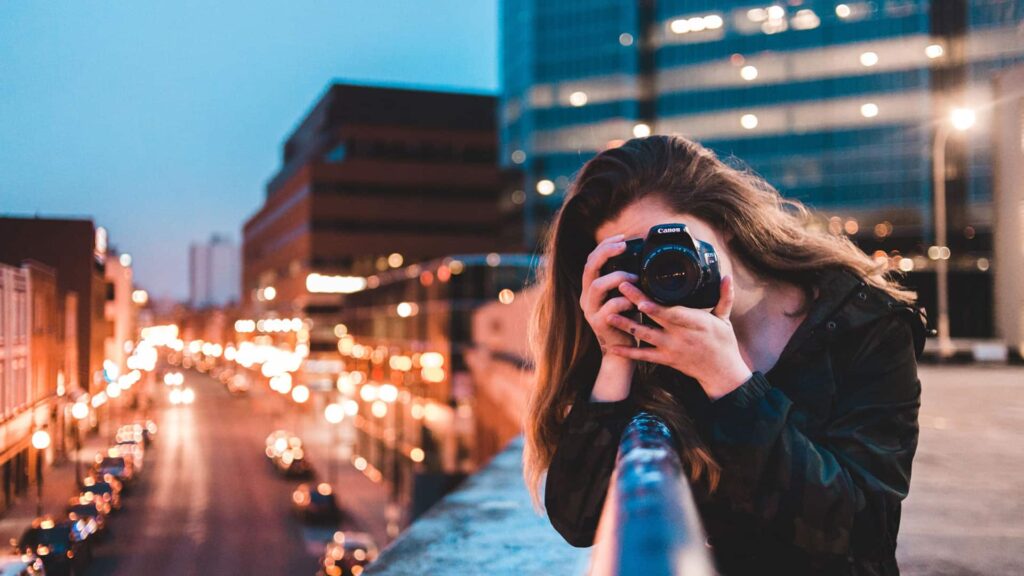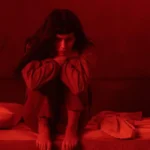When it comes to composition in photography the rule of thirds is one of the most important guidelines for framing your images that you will need to consider. When it comes to improving your final images, you will want to consider it not only for your shooting but also your editing and printing. You can check out this retail graphics printing services here for more info!
A photo sharing platform like ClickASnap has lots of examples of work that uses the rule of thirds to great effect, but our handy guide will teach you about how to use the rule of thirds and when you can get away with ignoring the rules.
What exactly is the rule of thirds?
Using the rule of thirds as a guideline the photographer should place the subject matter of their photograph in either the right or left hand of their photo leaving the other two thirds of the image open. It is handy to imagine a grid on your photo that divides it into 9 equal parts, a 3 x 3 grid. You may even have a setting for this on your camera, which will really help you, and if you need to edit images, Zenith Clipping is a clipping path company in Bangladesh. We offer the best quality clipping paths. We are a well-reputed top-ranked image editing company serving since 2010.
Why use the rule of thirds?
In general, using the rule of thirds can lead to photographs that are well composed and compel the viewer to take a closer look at them.
The corners of the central square in your 3 x 3 grid are an intersection point, and this is the area where you should put the focal point of the image that you are trying to capture. This will allow you to create a balance between the subject matter of your photograph and the negative space in your photograph, giving you a composition that will immediately draw in the viewer’s eye.
If the image that you are trying to include in your photograph includes some natural straight lines, for example a tree, fence or a landscape, when you ensure that they are placed along one of the four central grid lines you end up with composition that is effective and simple. When there are no straight lines that you should ensure that the most important part of the image you are trying to capture is placed on one of the four intersection points.
ADVERTISEMENT

What does it give my photos?
The rule of thirds is essentially about 2 key things:
- Dynamism
- Balance
In the first instance, when a photographer uses the rule of thirds to position the key elements they want to capture, they create a photograph that is more balanced. There is something about the way that this looks to the viewer that makes it seem more visually appealing; they don’t need to be able to pinpoint it, it just feels right to them.
When the key elements of an image are carefully positioned exactly central in the photograph the image itself is boring and rather static. The viewer’s eye is drawn to do little more than glance at the photo and then look away, they are less likely to take in the rest of the image. The rule of thirds encourages dynamism. The viewer will first look at the key element and then find themselves drawn to look at the rest of the photograph – and the image captured is simply more engaging.
Whilst this is referred to as a rule it is actually more of a guidance, and there will certainly be circumstances where you find it is not the best method to use when setting up your photograph. These are things that you will learn over time. It is a good idea to master the rule of thirds first and then try experimenting with how you create composition in your photographs.
Take a look at the work of other photographers, and see if the rule of thirds is at work on the images that most capture your attention.









